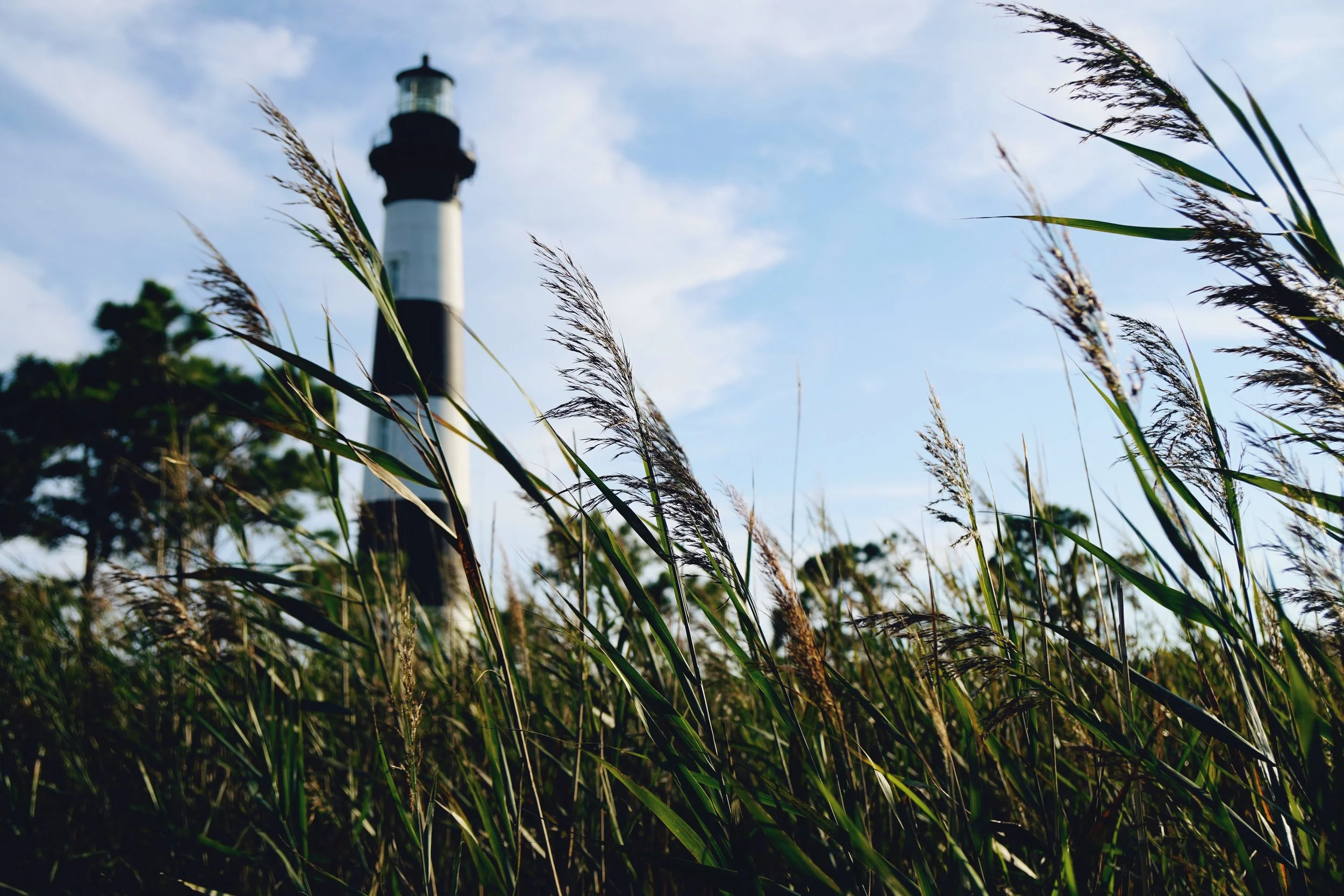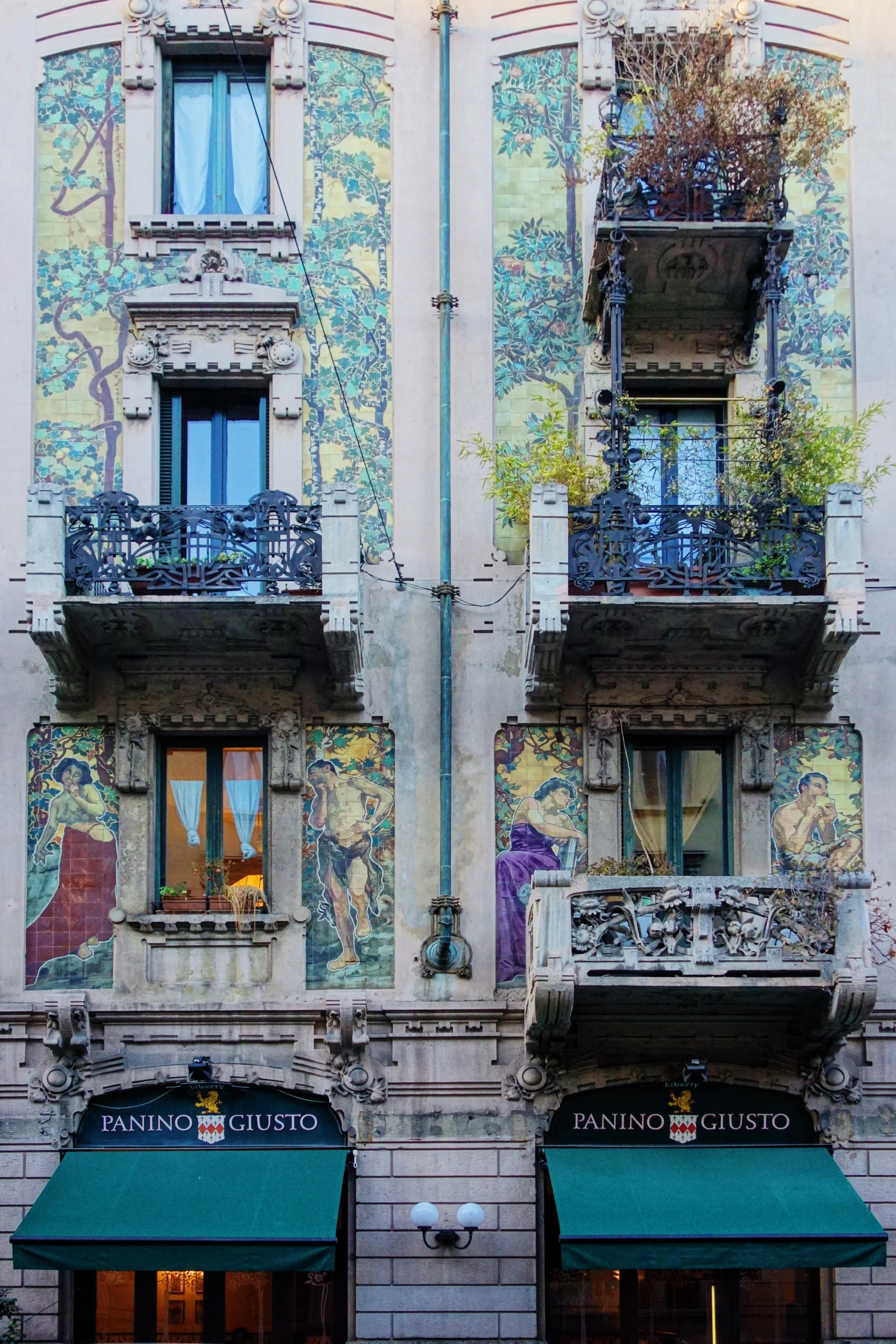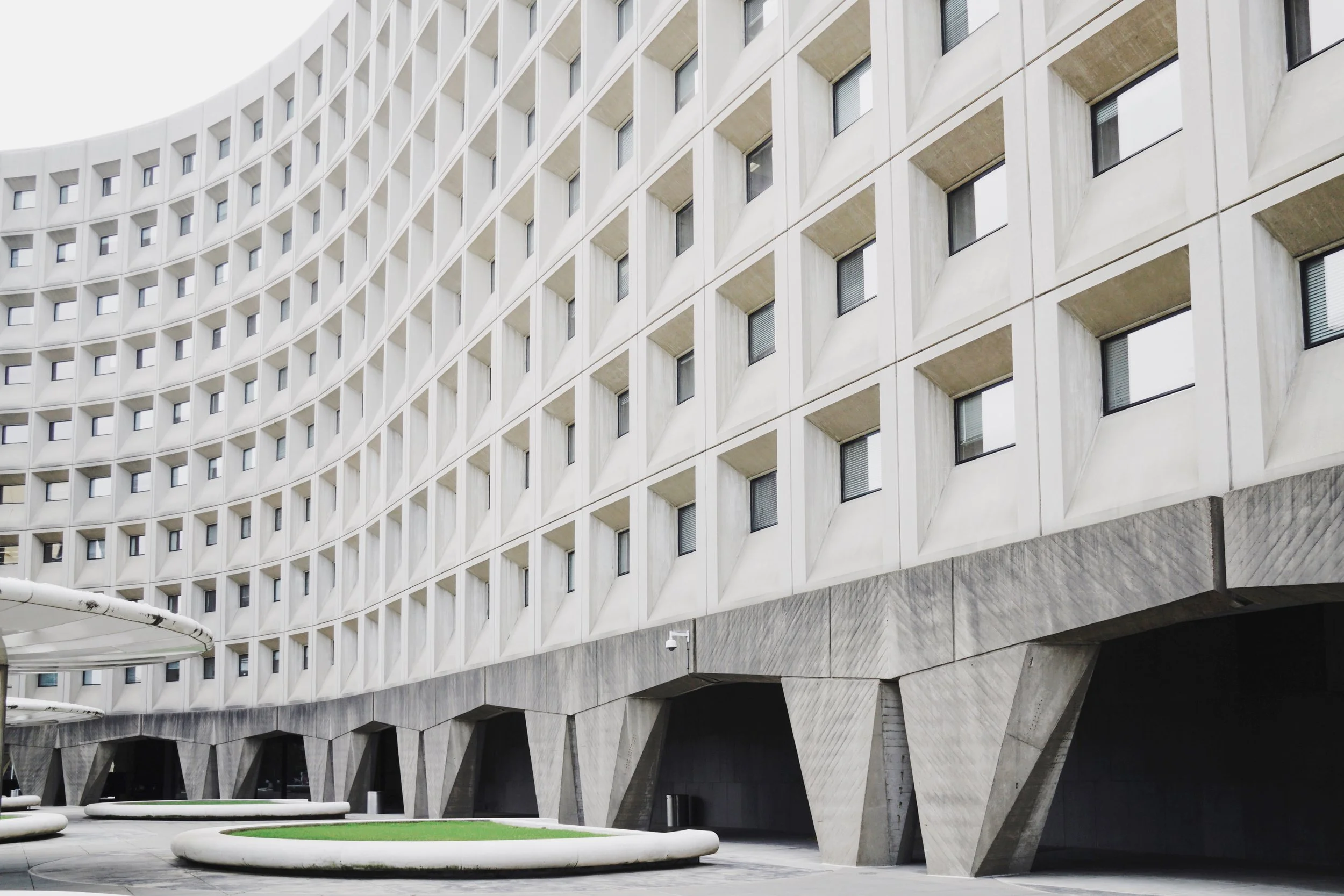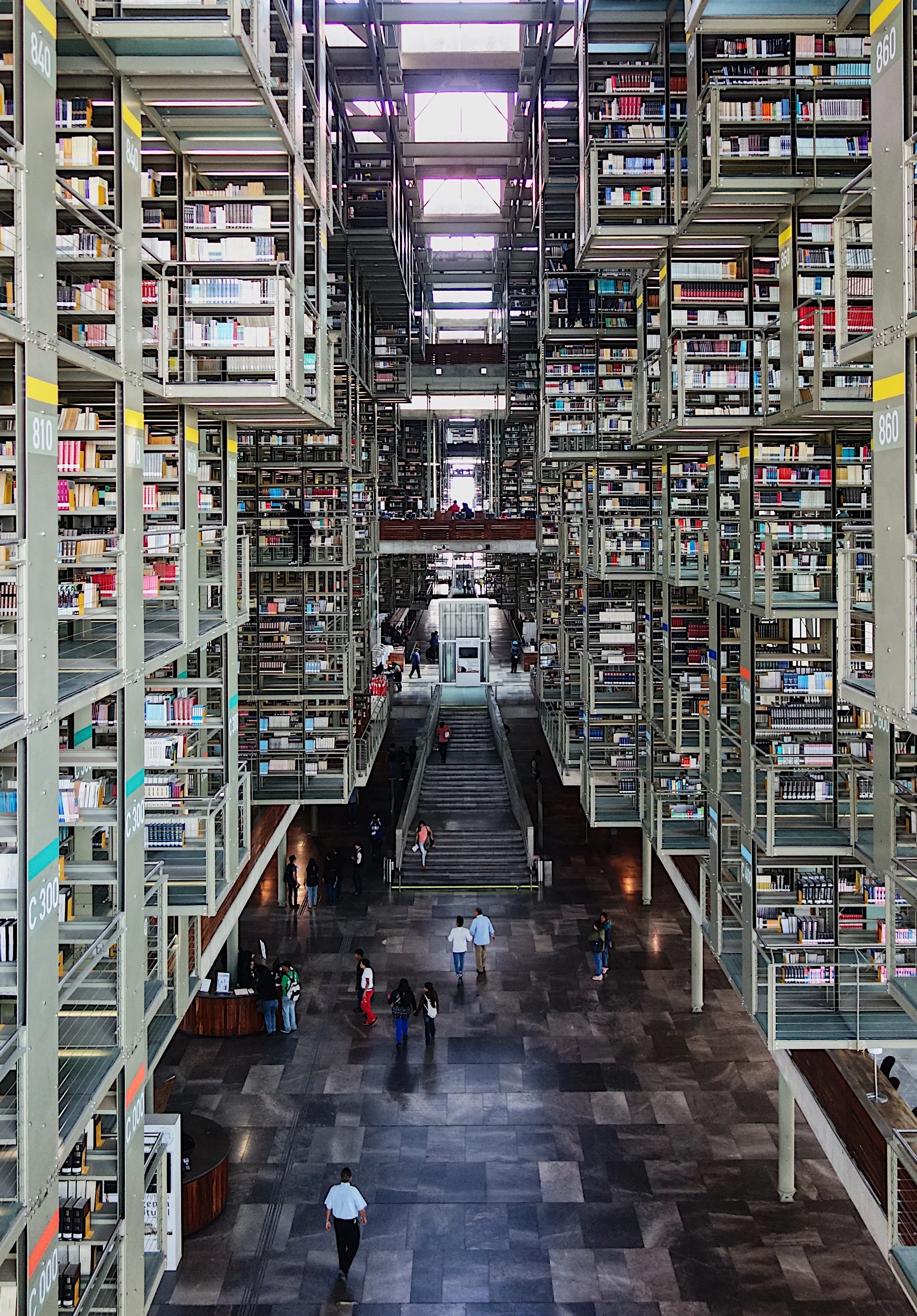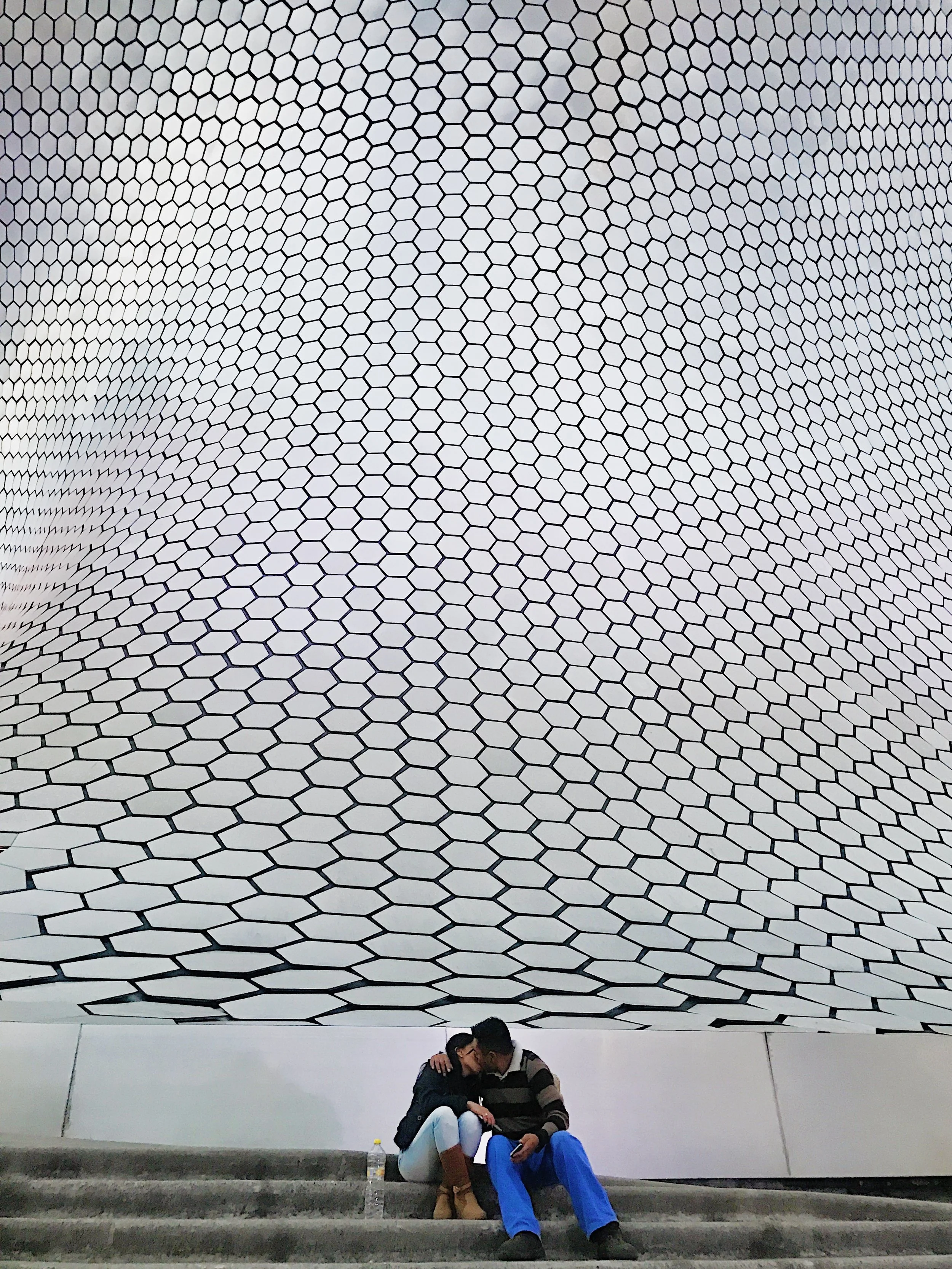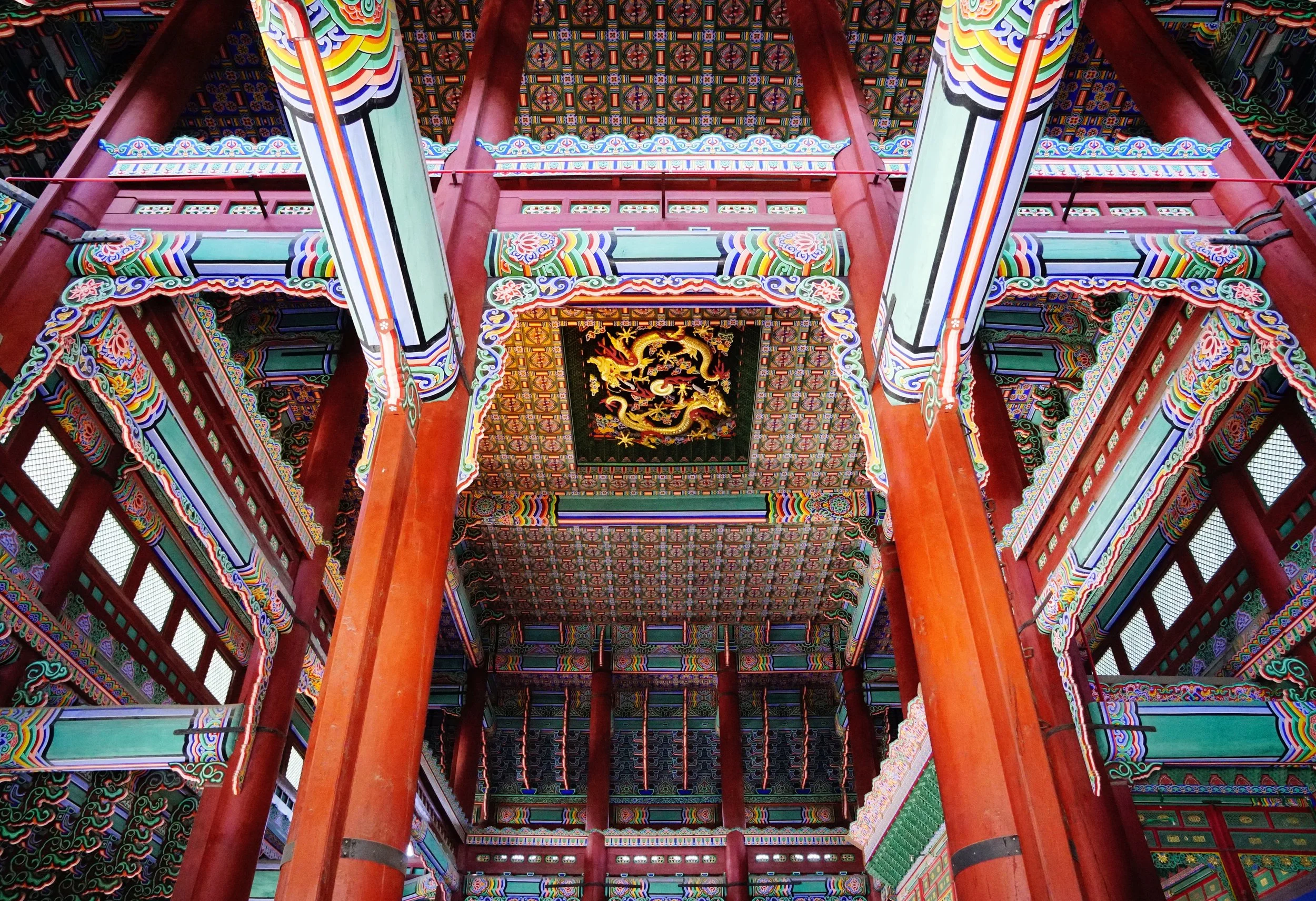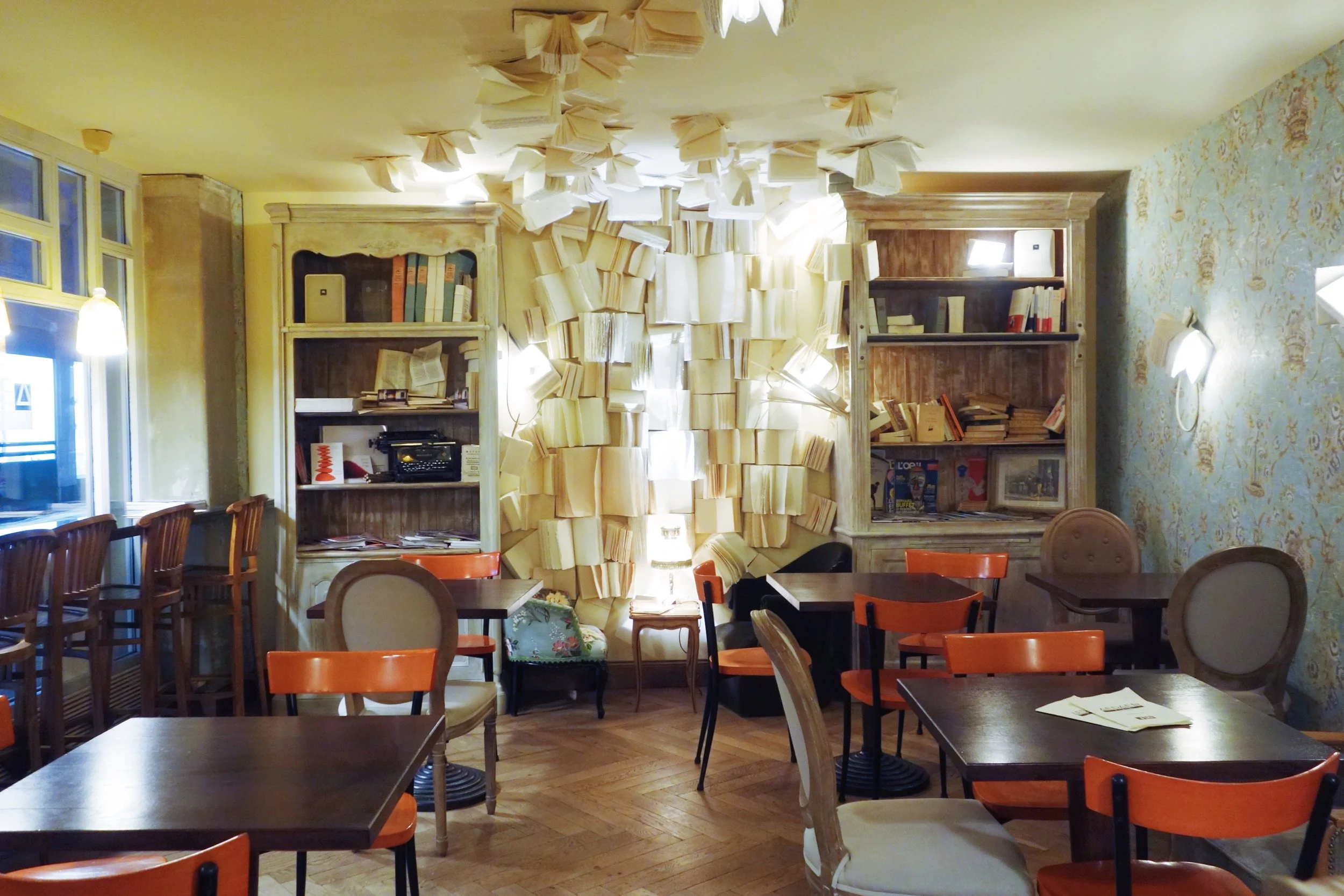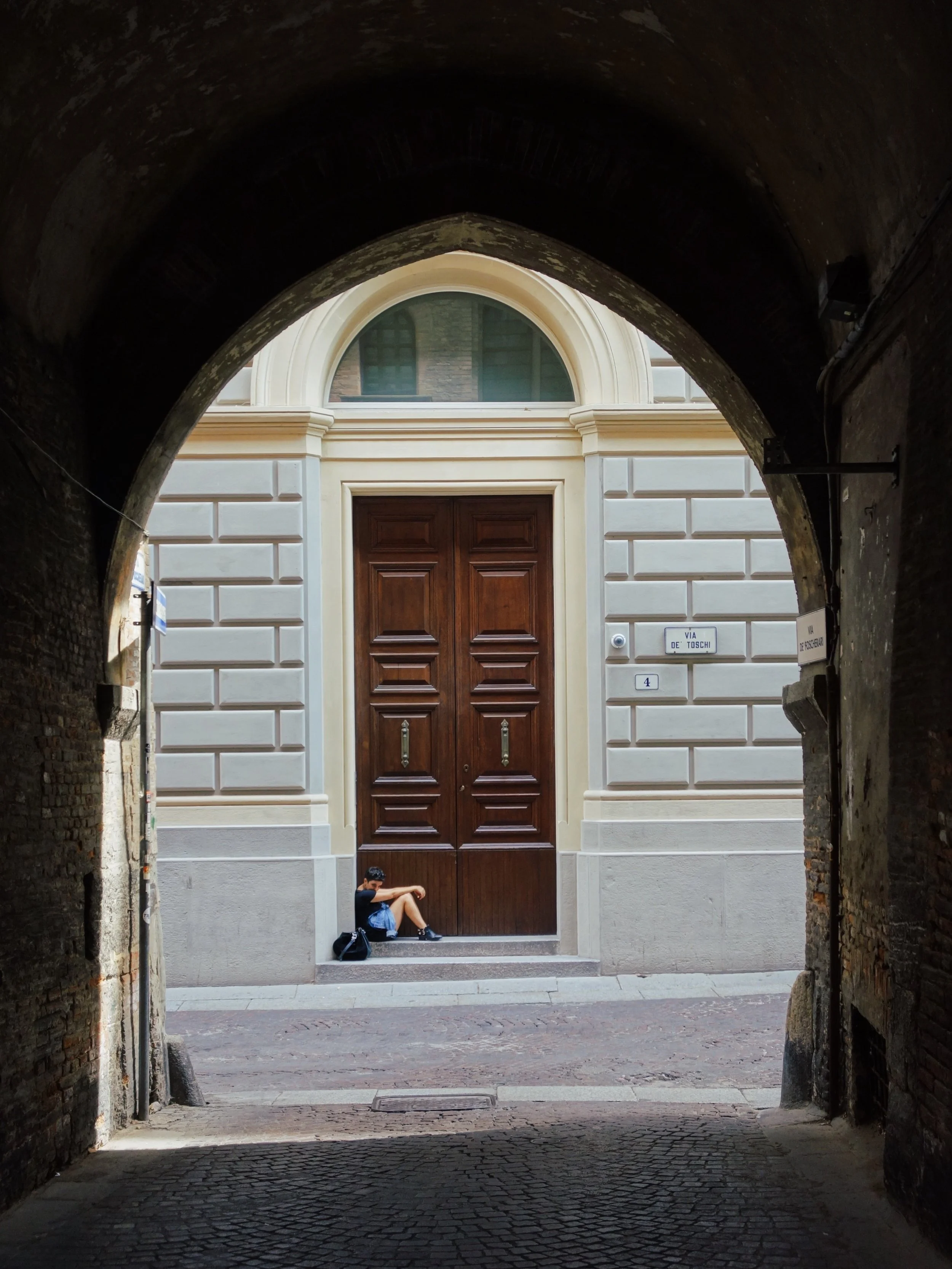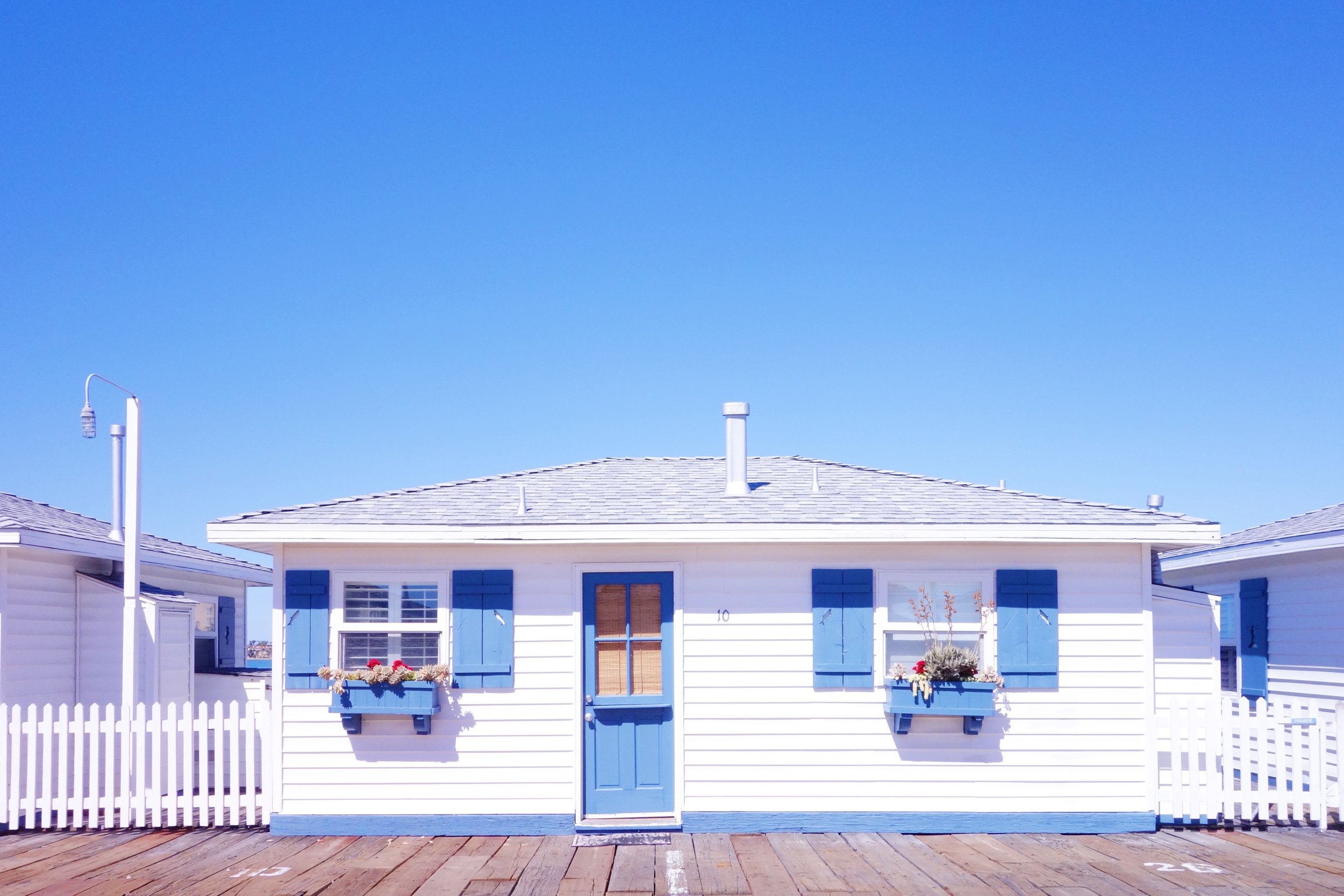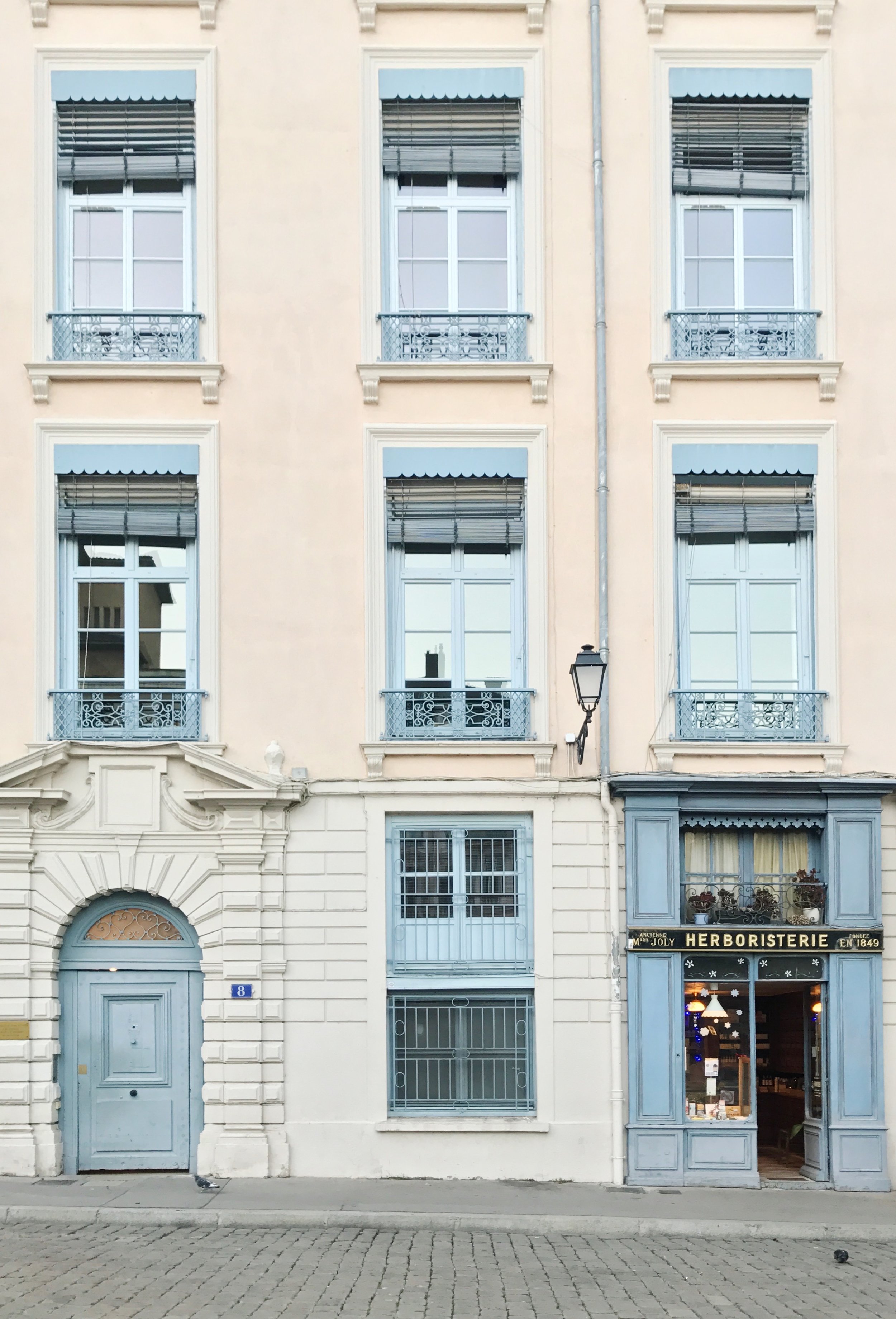Love Your Bodie. Outer Banks, North Carolina, U.S.A., September 2017.
North Carolina, U.S.A. September 2017.
I spent Labor Day holiday this year with friends in Outer Banks, North Carolina. Outer Banks, also know as OBX, is a string of islands on the north east coast of the state. It is about a six hour drive from D.C. and a welcome getaway for a short vacation. It was my first time to this sliver of land on the coast and first time seeing these beautiful, quaint lighthouses. There are a few stretched along the length of OBX, this one with its signature black and white horizontal lines is Bodie Island Lighthouse. Apparently going into the surrounding tall grass is ill-advised as there are snakes and ticks abound this time of year, but with risk comes reward.
